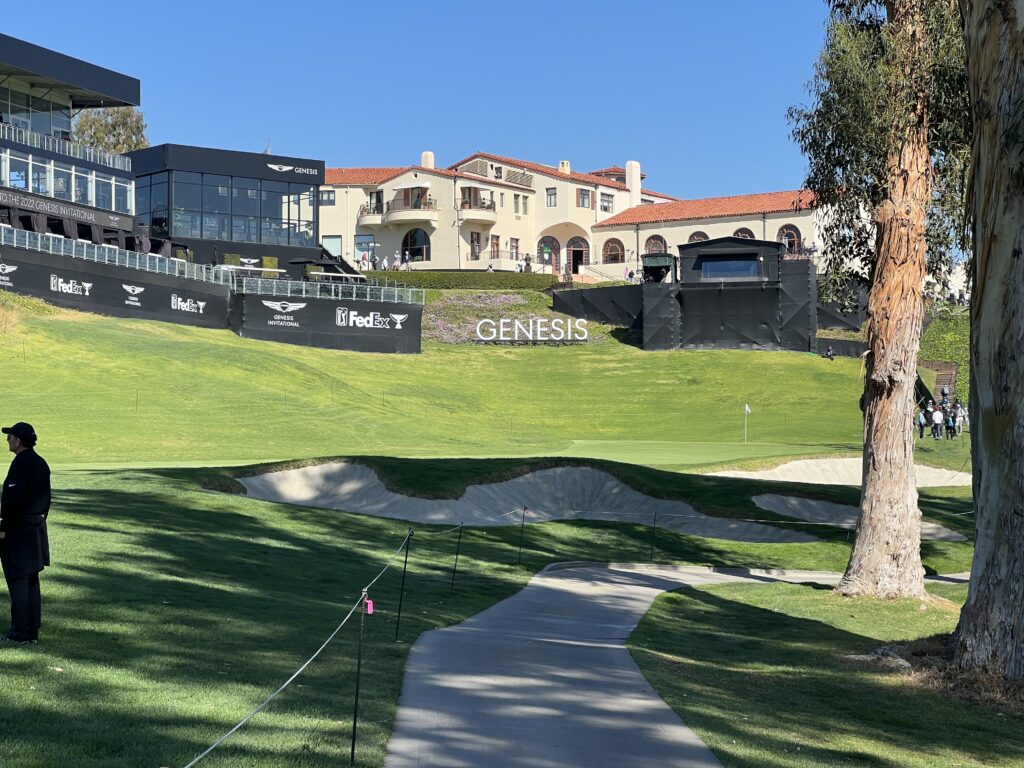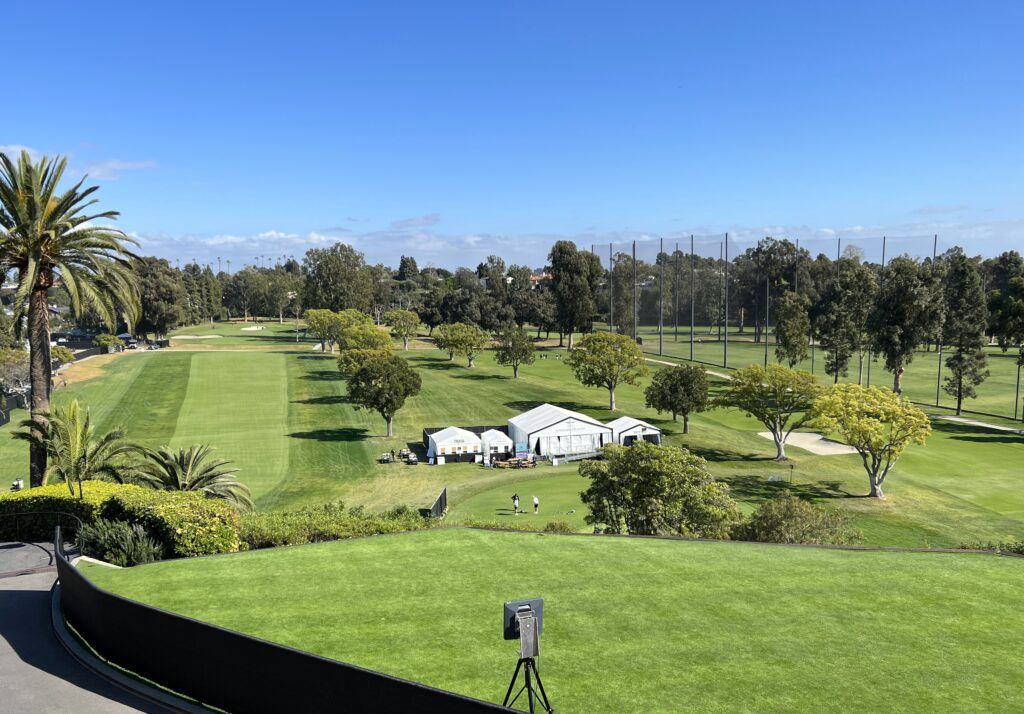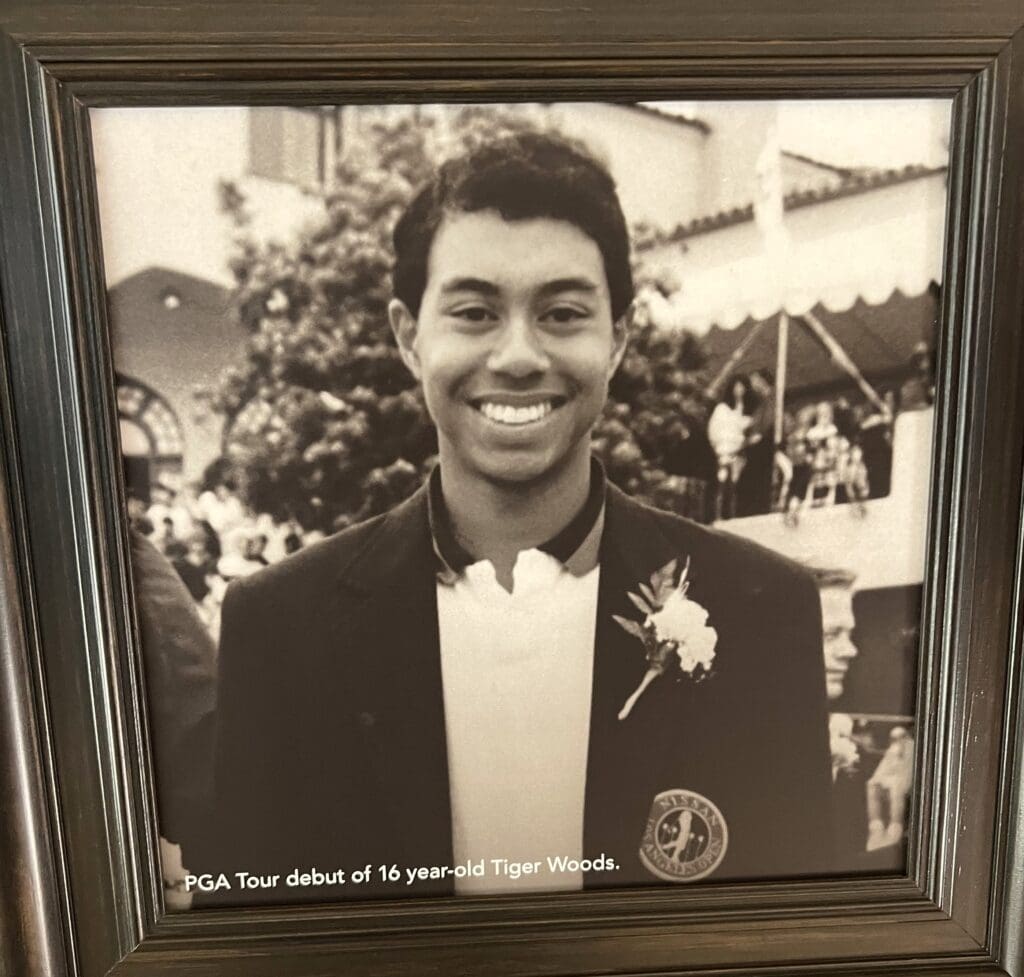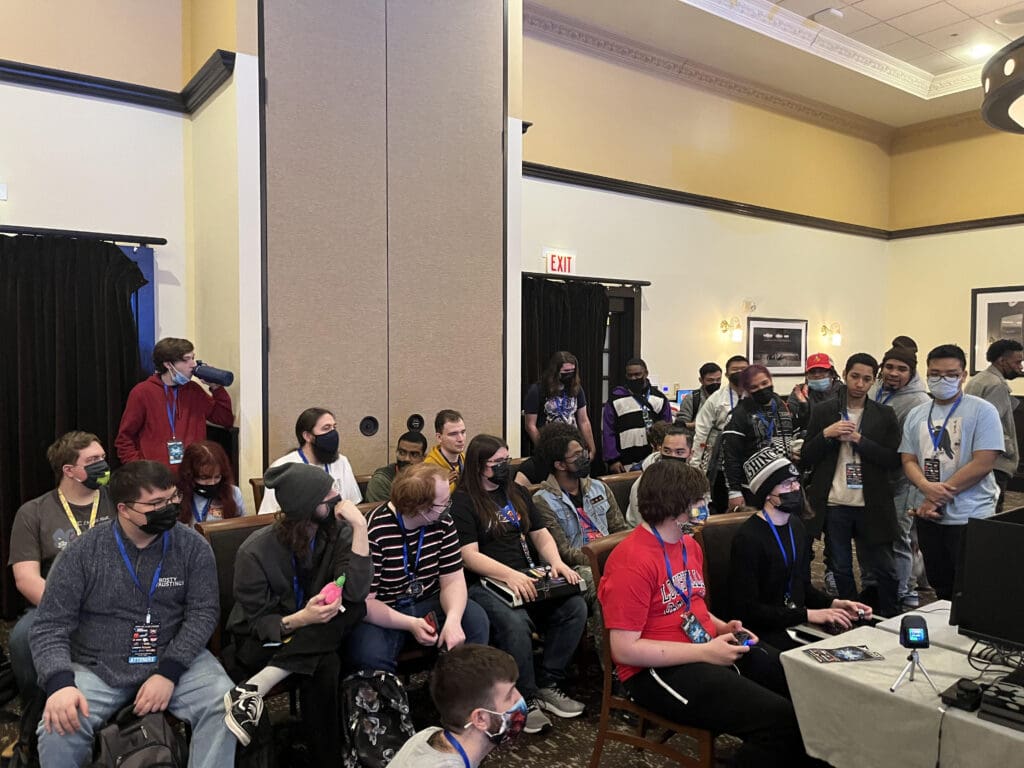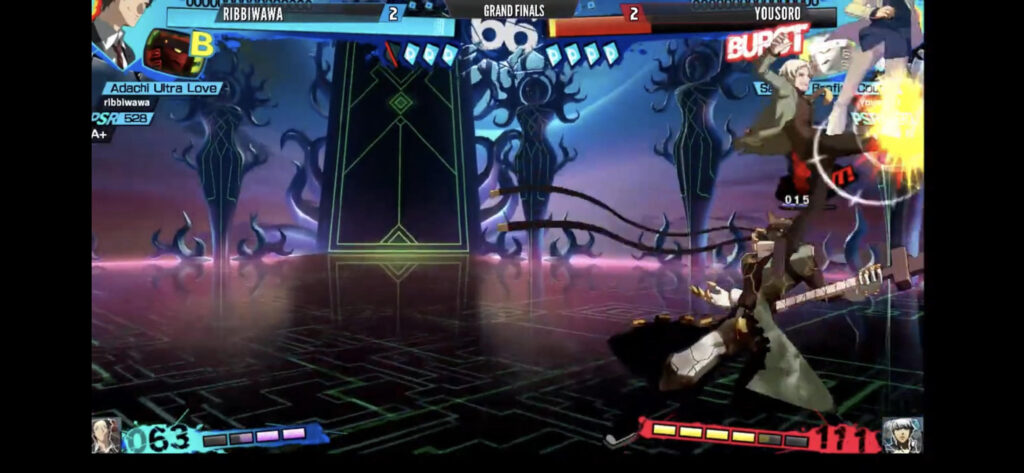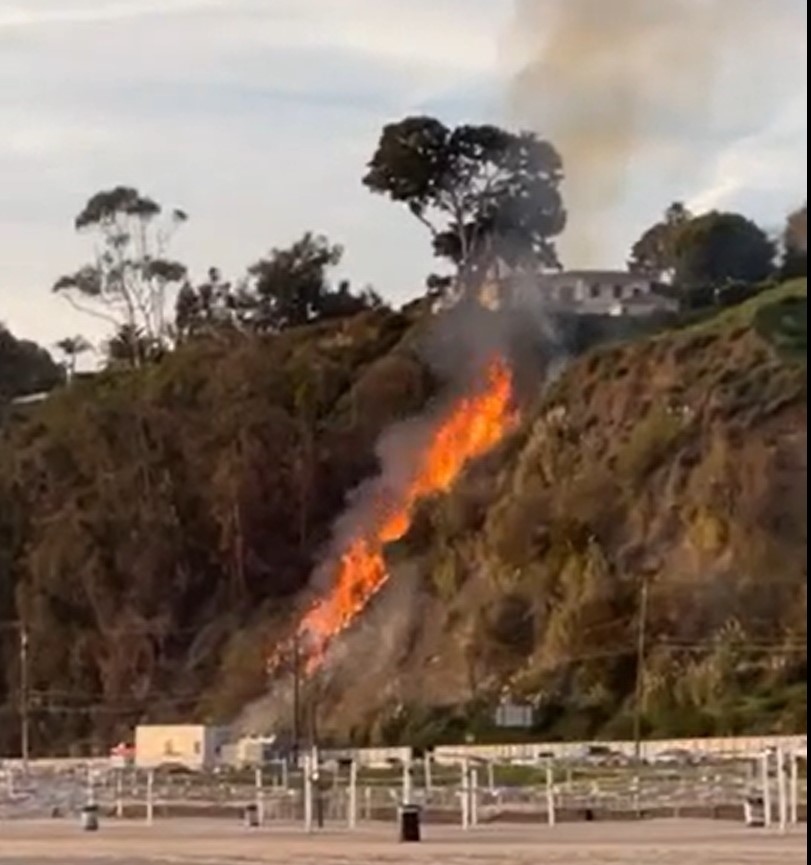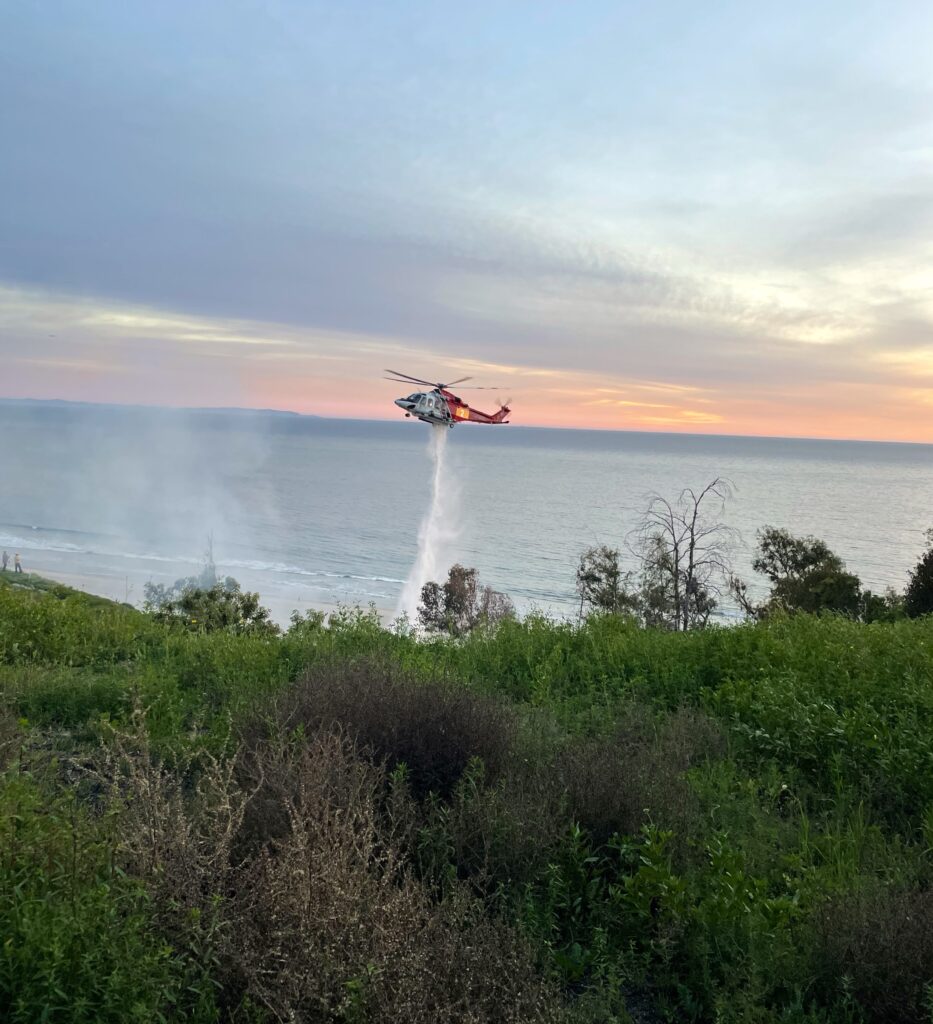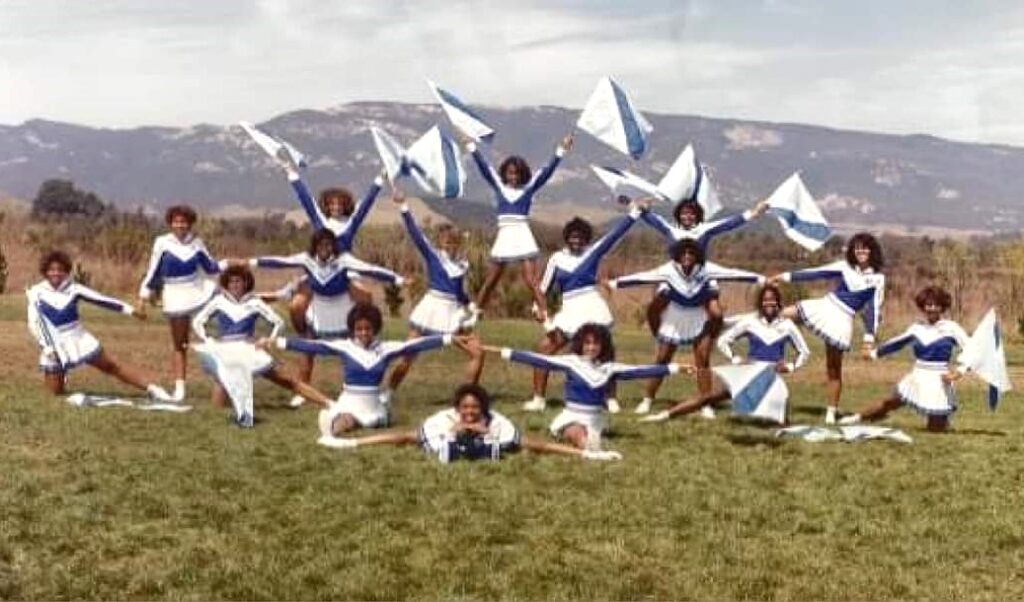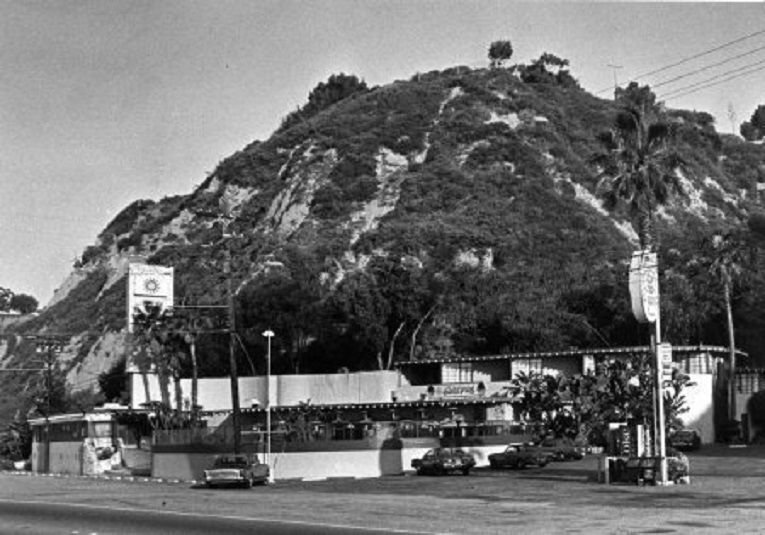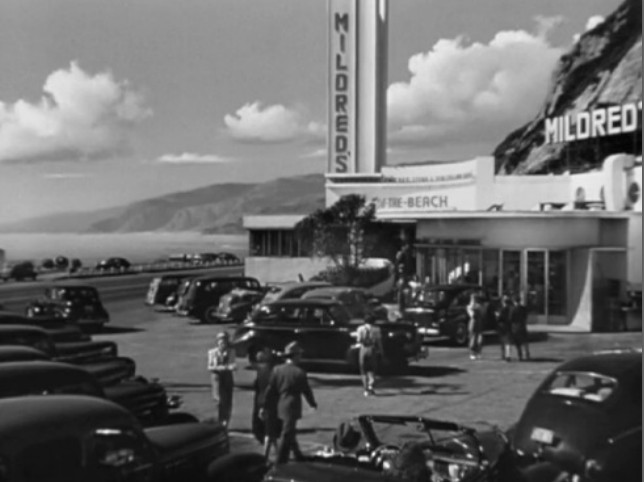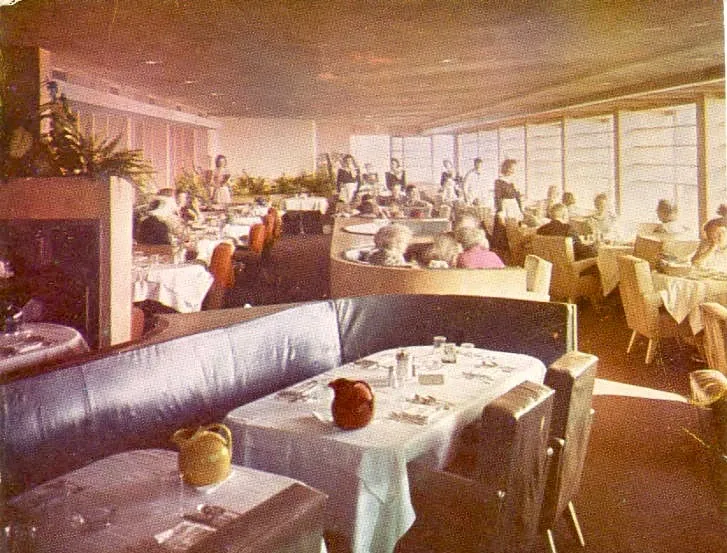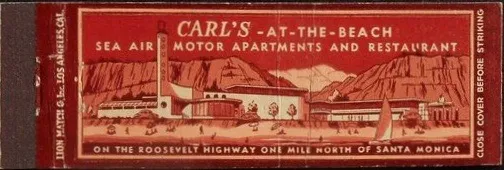Expert strategy is one of the key components needed to do well on the historic Riviera golf course. The course has been the site of a U.S. Open, two PGA Championships, a U.S. Senior Open and of course The Genesis Invitational, which is underway this week.
The 71-par Riviera was designed by George Thomas, Jr. and completed in 1927. Construction was paid by the Los Angeles Athletic Club, which had a building in downtown, but wanted to add a golf club.
Under the leadership of Club Vice President Frank Garbutt, the 290-acre Santa Monica Canyon, site of bramble brushes and sumac trees and home to coyotes, rabbits and squirrels, was chosen.
After drafting 15 different plans, Thomas found one he liked and, in 1926, construction began. Fill dirt came from the San Fernando Valley, and 1,350 tons of white beach sand was imported for the bunkers. The Riviera was the first golf course in the country to install an underground watering system (cost $58,000).
Dr. John Morton, a renowned arborist, oversaw the planting of 1,000 trees, including sycamores, acacias, poplars and eucalyptus.
Construction took 15 months and when the golf course was finished, the cost was $250,000 (when the average cost of a course was about $70,000). In 1992, under Noboru Watanabe’s ownership, a renovation to preserve the contours of the greens and restore the bunkers cost $1.2-million.
According to “The Riviera Country Club: A Definitive History,” Thomas designed the course with the idea that “the most important thing on the Championship course is terrain, because no matter how skillfully one may layout the holes and diversify them, nevertheless one must get the thrill of nature.”
About strategy, the designer said, “The spirit of golf is to dare a hazard, and by negotiating it reap a reward, while he who fears or declines the issue of carry has a longer or harder shot for his second (or his third on long holes); yet the player who avoids the unwise effort gains advantage over one who tries for more than in him lies, or fails the test.
“Wise is the man who knows how to play each hole as he should play it, and skillful the golfer who can place his shots after he knows where they should go,” Thomas said. “Such a player is exceedingly hard to defeat on a course with proper strategy.”
Former PGA TOUR player Johnny Miller said, “Riviera is definitely one of the greatest, no-nonsense golf courses in the world. It requires a player to play every club in his bag and every shot in his game.”
In 1994, President Bill Clinton played the Riviera. Although he took a few mulligans on the first tee, he reported a score of 85.
The best overall score in tournament play is 264 set by Lanny Wadkins in 1985. Last year, the winner, Joaquin Niemann, had back-to-back 63s and looked like he might finally break the 37-year record, which is the longest record on the PGA Tour. On Niemann’s final 26 holes he went two over and finished at 265.
The course record of 61 was set in 1991 in the third round of the Nissan Open by Ted Tryba, who was the runner-up that year to Ernie Els.
Riviera Holes of Note:
Hole 1 (503 yards Par 5): Considered one of the easiest par 5s on the PGA Tour, with a 4.296 stroke average in 2014. There is a 75-ft. drop from tee to fairway and many golfers reach the hole in two.
Hole 4 (236 yards Par 3): In 1948, Ben Hogan called it “The greatest par-3 hole in America.” The large bunker in front of the green is superb and the sidehill right of the green would be great if the kikuyu grass didn’t hold every ball hit in its direction rather than releasing it back towards the green.”
Hole 6 (175 yards Par 3): Considered one of the most famous golf holes in the world because of the bunker square in the middle of the green. Members and guests aren’t allowed to use a wedge on the green; PGA Tour golfers are allowed to play the hole however they choose.
Hole 10 (315 yards Par 4): Requires players to decide whether to challenge the narrow-angled green, guarded by bunkers or to lay up down the left side of the fairway. This classic risk/reward hole is a typical Thomas design. Jack Nicklaus said this hole gave more options than any other short par four that he had played.
Hole 17 (576 yards Par 5): An uphill tee shot is required, avoiding a right-side bunker. A second shot must avoid bunkers on the left-side layup area. The green is flanked on the right side by a deep bunker.
“The strategy of the golf hole is the thing which gives the short accurate player a chance with the longer hitter who cannot control his distance,” said George C. Thomas, Jr.
Hole 18 (475 yards Par 4): Many golfers consider this one of the toughest finishing holes in golf because the tee shot must clear the hill and to the left, to let the golfer have a look at the green. A long approach shot is then played to a green sitting down in an amphitheater. Anything to the left will hit the rough and result in a downhill chip.
There are historic photos inside the clubhouse including this one:

